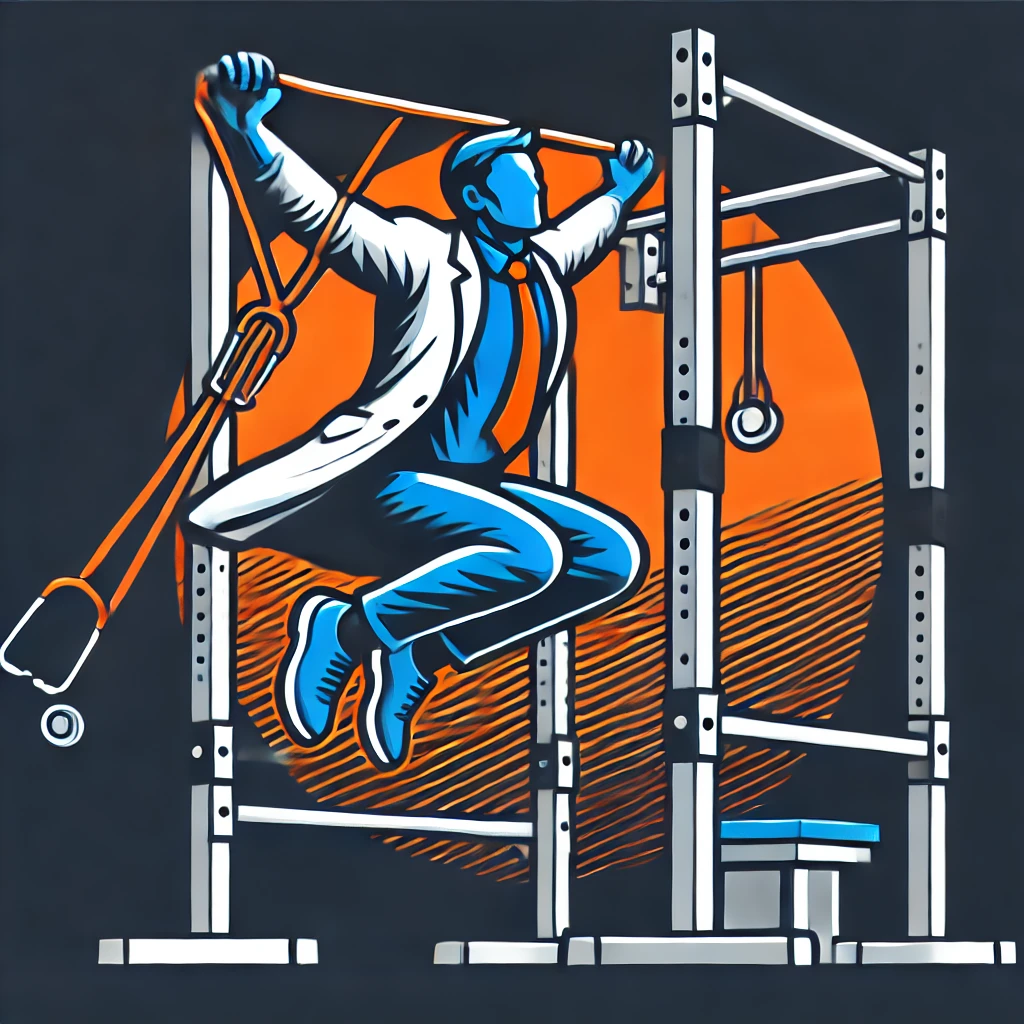This week, I did what every lifter both dreams of and dreads: I increased my calories. After weeks of meticulous cutting, I finally let myself eat a little more. Naturally, I was paranoid that I’d wake up looking like I just inhaled an entire pizza in one sitting (which, for the record, I can do). So, to balance it out, I cranked up the cardio.
The Great Caloric Experiment: Reverse Dieting + Cardio
To offset my increased calorie intake, I hopped on the stationary bike for 60 minutes, three nights this week, keeping my heart rate steady at around 100 BPM (+/- a little bit). The goal?
- Increase caloric expenditure.
- Temporarily raise my basal metabolic rate.
- Make my reverse dieting process a little more aggressive without packing on excess fat. (don’t got time to do this slowly)
The theory here is that cardio can help regulate metabolism after prolonged calorie restriction (Rosenbaum & Leibel, 2016). When you diet aggressively, your metabolism slows down to conserve energy—a process known as adaptive thermogenesis. Research shows that strategic cardio can help counteract this effect, keeping metabolism elevated while allowing for a more rapid increase in caloric intake (Melby et al., 2017).
So far? No drastic weight gain, and I don’t feel like my lifts are suffering. That’s a win in my book.
Contrast Training: Unleashing My Inner Superhuman
This week, I also dove into contrast training, a method based on post-activation potentiation (PAP). The logic? Lift something heavy (85%+ of 1RM) to wake up your nervous system, then immediately do an explosive plyometric movement to teach your muscles to recruit more fibers.
I have a buddy who weighs 20 pounds less than me, we’re the same height, and I’m currently leaner than he is—but somehow, he jumps higher. Unacceptable. Clearly, I have unused muscle mass, and contrast training is my new best friend.
Research supports this. A study by Tillin & Bishop (2009) found that PAP enhances muscle fiber recruitment by increasing the sensitivity of myosin and actin filaments to circulating calcium. In simple terms? Heavy lifting makes your muscles more responsive, so when you follow it up with a jump, you tap into more power.
Contrast Training in Action
I structured my sessions around maximal muscle recruitment, ensuring the heavy lift was actually close to my 1RM, rather than just going through the motions. Here’s what the setup looked like:
- Barbell Back Squat (3×3 @ 85-90% 1RM) → Standing Box Jumps (3×5) with 3+ min rest
- Hex Bar Deadlift Jumps (3×3 @ 85%) → Band-Assisted Rapid Jumps (3×5) with 3-5 min rest
For single-leg work, I alternated legs to minimize downtime and maintain myofibril sensitivity:
- Single-Leg Bulgarian Split Squat (Heavy) → Single-Leg Bound Jumps
- Heavy Step-Ups → Explosive Step-Up Jumps
I’ve done contrast training before, but never with this level of intensity. Usually, I’d sprinkle it in sporadically for a few weeks and move on. This time? I’m going until the gains start to slow. Why stop early if there’s still potential left on the table?
Upper Body: Still Grinding, But Playing It Smart
PAP and contrast training have been the main focus for my lower body, but my upper body is still getting attention. My weekly breakdown:
- Chest Day – Keeping things tuned, but not pushing PRs due to a minor strain in my right pec. I’m still training hard, just not at max weights.
- Saturday: Arm Destruction – Biceps, triceps, shoulders. Enough said.
Takeaways: More Calories, More Explosiveness, Same Level of Overthinking
So far, upping my calories hasn’t tanked my progress, and contrast training is already showing improvements in power output. I’ll keep pushing the envelope and see where it takes me.
Next goal? Finally put that 20-pound weight difference to use and stop getting out-jumped. Let’s see how much power I can unlock in the coming weeks.
References
- Melby, C. L., Paris, H. L., Foright, R. M., & Peth, J. (2017). Resistance exercise and energy balance: The effect of resistance exercise training on energy intake and energy expenditure. Sports Medicine, 47(10), 1951-1962.
- Rosenbaum, M., & Leibel, R. L. (2016). Adaptive thermogenesis in humans. International Journal of Obesity, 40(8), 1175-1185.
- Tillin, N. A., & Bishop, D. (2009). Factors influencing post-activation potentiation in humans and the effects on performance. Sports Medicine, 39(2), 147-166.

